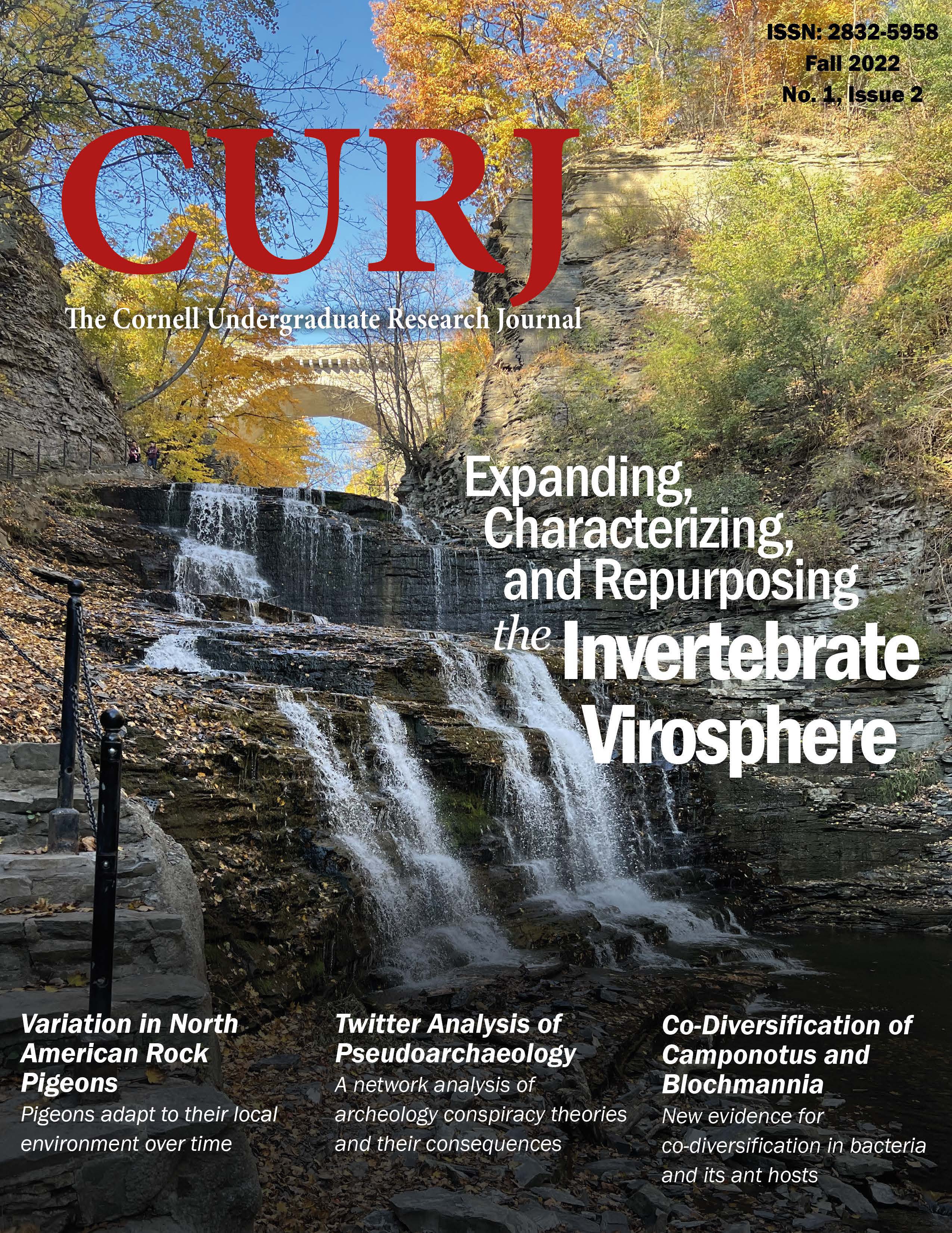Abstract
General understanding of archaeology arises from mainstream news and entertainment alongside academia. However, there is increasing concern over the presence of pseudoarchaeology and related conspiracies among the mainstream public, especially on social media. Online engagement can draw greater public support and attention for pseudoarchaeological claims. In this paper, I approach Tweets about several archaeological conspiracies through network analysis. Network analyses facilitate broader study of discourse and the relationships between topics in a conversation. By looking at the larger picture of archaeology in combination with specific Tweet examples, I characterize pseudoarchaeological engagement and affiliation within Twitter. I find that pseudoarchaeology related Tweets employ anti-institutional sentiment and draw on rhetorical themes in support of a historical white supremacy. Pseudoarchaeology and conspiracy on Twitter detract from the goals of archaeological research and breed harmful notions about ancient and modern Indigenous populations.

This work is licensed under a Creative Commons Attribution 4.0 International License.
Copyright (c) 2022 Angelina Nugroho

